What is DTC? A Direct-to-Consumer Crash Course for Brands
What is DTC (direct-to-consumer) and why is it taking over ecommerce? Here's a basic DTC definition and how the direct-to-consumer sales model works.
Do you have a pulse on the latest direct-to-consumer trends? This guide breaks down what’s big in DTC and key takeaways for ecommerce and retail brands.
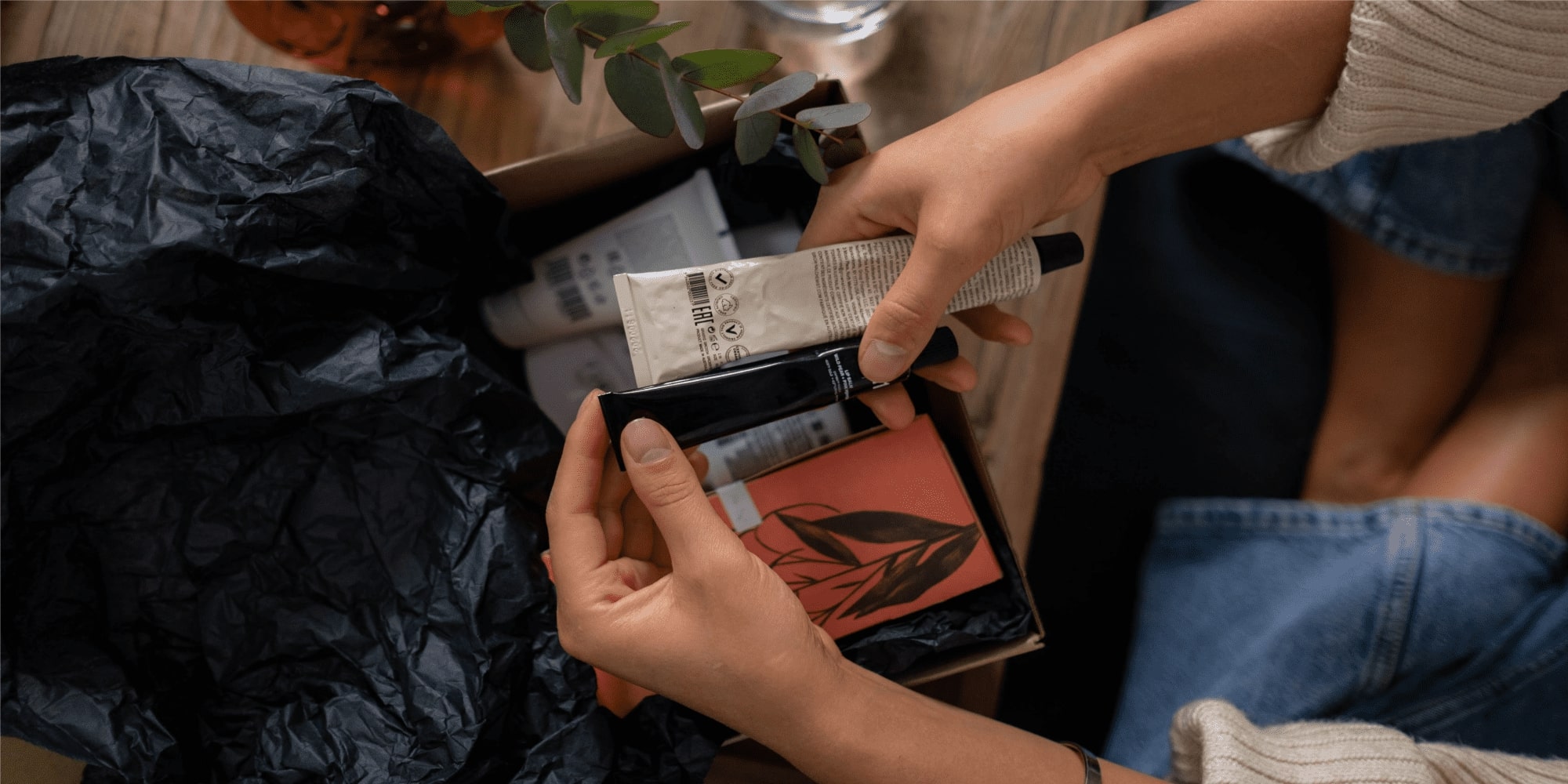
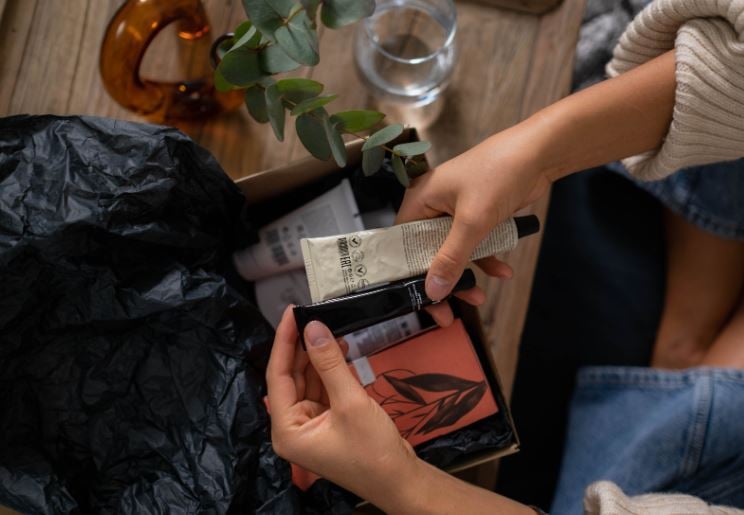
Trying to keep up with the latest direct-to-consumer trends? Good.
Because DTC brands have a knack for uncovering new and effective tactics to reach customers.
And experimenting with marketing strategies is a must-do for consumer brands that want to stand out.
With a flood of fresh D2C companies entertaining the space, it’s no surprise that many up-and-comers are struggling to drive profits. Fact: 46% of retailers claim that consumers and competitors are forcing them to “innovate rapidly.”
If you want to learn the latest ways to drive sales and exceed customers’ expectations, the DTC trends below can show you how.
Below is a breakdown of the most important D2C trends and best practices for 2022 and beyond.
Whether you’re in ecommerce or brick-and-mortar retail, all of the following should be on your radar.
“Direct-to-consumer” and “online-only” used to go hand in hand.
Well, not anymore.
As noted by Modern Retail, more and more D2C brands are exploring opportunities to open physical locations in emerging markets. Likewise, many direct-to-consumer giants that shuttered their in-person locations during the pandemic are bringing back brick-and-mortar stores.
Glossier reopened their LA location in November 2021 (not to mention a brand new store in Miami as of March 2022). Similarly, ThirdLove recently announced that a physical location is coming to New York following the success of their pre-pandemic pop-up.
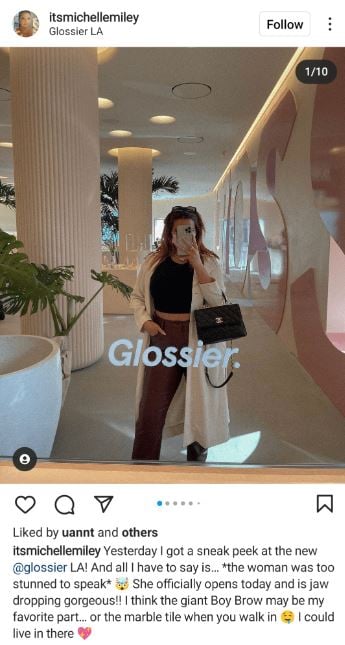
Source: @itsmichellemiley
Of course, opening a pop-up (let alone a physical store) is a tall order even for established DTC brands.
As a result, some brands are partnering up with so-called “ghost retailers.” These third-party companies handle tasks related to everything from design and construction to daily operations for in-person retail. Meanwhile, brands like Wildfang give their customers the best of both worlds with in-person shops and VIP consultations for customers that can’t visit a physical location.
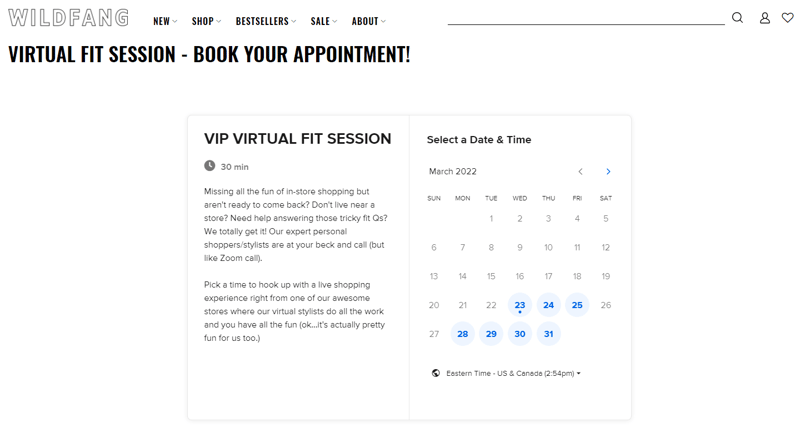
Source: Wildfang
Like it or not, the writing’s been on the wall for more physical stores in the D2C space.
For starters, the ecommerce boom during the early days of the pandemic in 2020 wasn’t sustainable. It’s easy to picture the average consumer piling up online orders but that image doesn’t reflect reality.
In fact, recent studies confirm the preference for in-store shopping (41%) over online shopping (29%) across demographics.
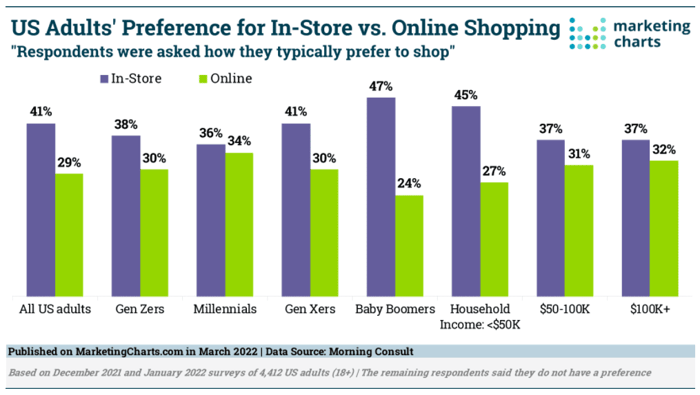
Source: MarketingCharts
This highlights a common thread among our direct-to-consumer trends — shoppers crave experiences.
From face-to-face events to unboxings and beyond, the impact of meaningful interactions with customers can’t be overstated.
Leveraging customer data for personalization was the top growth strategy of 2021 and remains one of the most important DTC trends of this year.
If you want to learn more about your target audience, don’t be afraid to ask. There’s a reason why we’re seeing an uptick in customer quizzes to help pick buyers’ brains and deliver personalized recommendations.
ThirdLove’s fitting quiz is a shining example of effective DTC personalization in action. Going beyond cup sizes and bra styles, their quiz digs deep into the buyer’s wants and needs. This not only helps the brand gather more granular data but also shows how much ThirdLove values their customers’ experience and satisfaction.
.gif?width=700&name=thirdlove%20(1).gif)
Similarly, SpoiledChild’s product quiz goes into a ton of detail to deliver the most relevant products possible. This quiz also sprinkles in social proof and reviews within the questionnaire to build trust.
 By the end, visitors are presented with a personalized product recommendation that invites them to try before they buy.
By the end, visitors are presented with a personalized product recommendation that invites them to try before they buy.
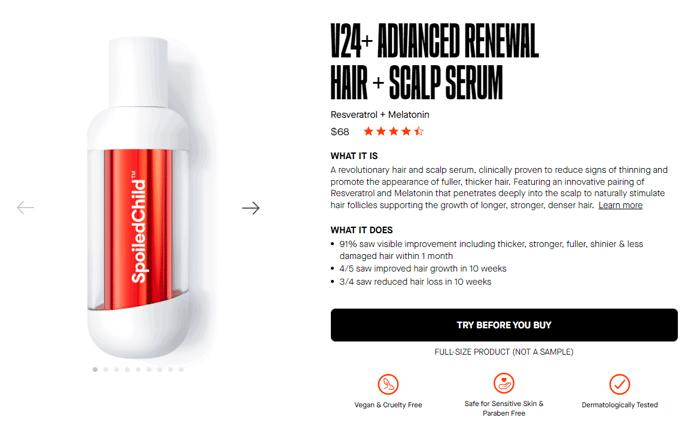
Here’s another example from Care/of and how DTC brands can help customers hone in on the right products.
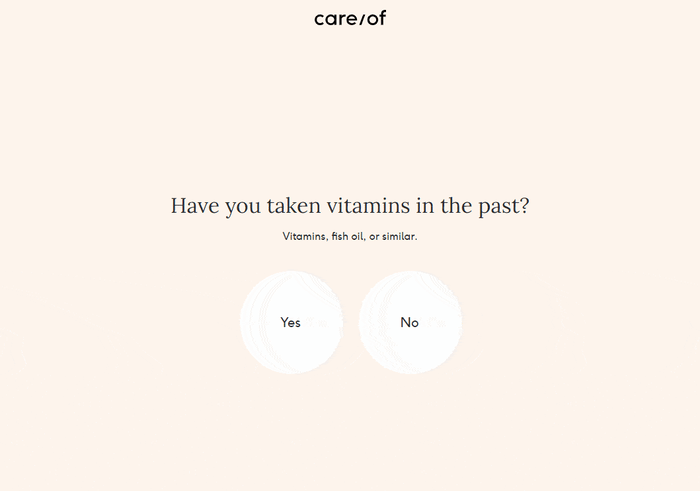
This is another example of how DTC brands can create impactful experiences. Acting as a sort of digital concierge, you remove the legwork of hunting for products and instead do the discovery for your customers.
We’ve noticed that many DTC quizzes are lengthy, and that’s no accident. Longer quizzes encourage prospective customers to quite literally spend more time getting to know your brand and its values. You get a more comprehensive picture of your audience and their needs, too. Everybody wins.
User-generated content and word-of-mouth are crucial for DTC brands to raise awareness.
And surprise, surprise: 35% of DTC brands plan to work alongside creators in 2022.
Although working with influencers isn’t new, the widening scope of creators is notable among our direct-to-consumer marketing trends.
From everyday creators with a couple of hundred followers to unexpected “celebrities,” brands are expanding their horizons when it comes to partnerships. For example, DATURA’s roster of brand ambassadors includes female CEOs, journalists and even a Michelin star chef.
On the flip side, brands like Moody work with a variety of smaller creators and micro-influencers that show off products using the #moodyfam tag.
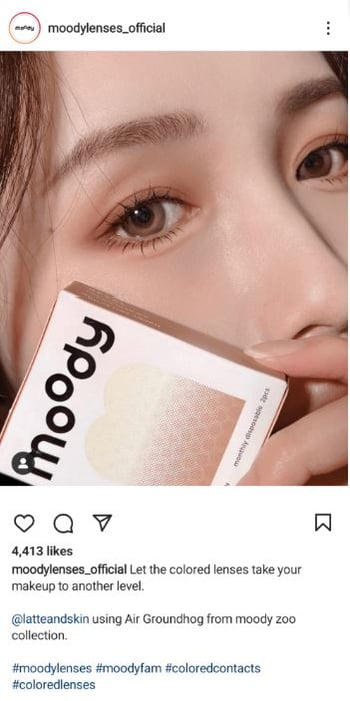
Source: @moodylenses_official
Moody also features reviews and user-generated content on their product pages to earn the trust of first-time buyers.
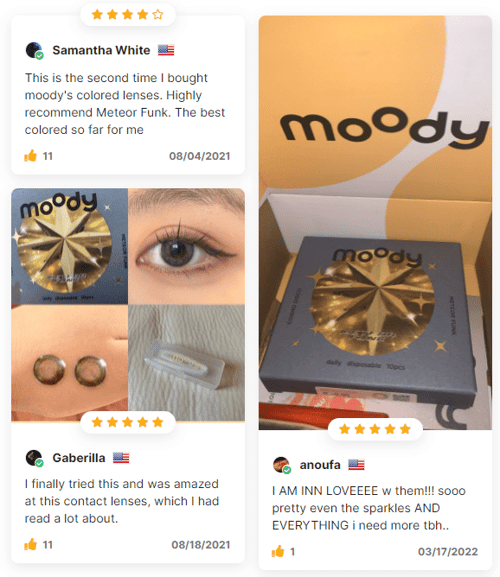
Source: Moody
The definition of “influencer” has changed in recent years. Smaller creators with higher engagement rates are more valuable to DTC brands than celebrities.
We’re seeing this with many brands on TikTok who’ve made customers and creators central to their promotional strategies. For example, Hally (which is now featured in Ulta stores)’s #hallyheads tag amassed 2.1 million views on TikTok thanks to their army of Gen Z ambassadors
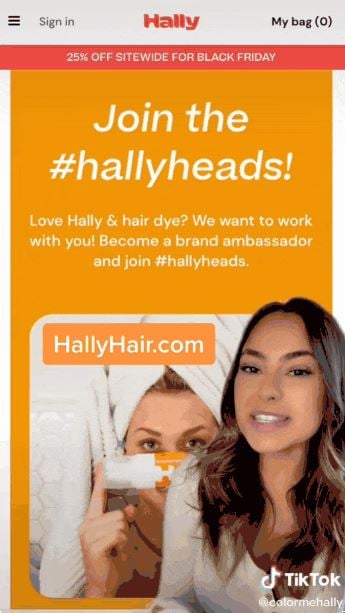
Source: @colormehally
In regard to social media advertising, creators represent a lifeline as Facebook ads are becoming more expensive and less effective. Recent changes to iOS and Google’s ad platform further cement the importance of having organic, creator-based D2C campaigns.
Subscription business revenues exploded throughout 2020 and 2021.
Given the timing of the pandemic, this might seem like business as usual.
However, the degree to which the subscription business model is taking over is telling. One of the biggest direct-to-consumer trends to watch, a staggering 75% of DTC brands will offer subscription services by 2023.
While some brands are going all-in on a more traditional subscription business model, others are taking an “either-or” approach.
For example, Le Tote allows buyers to choose between a subscription to their most popular items or a budget-friendly rotating closet.
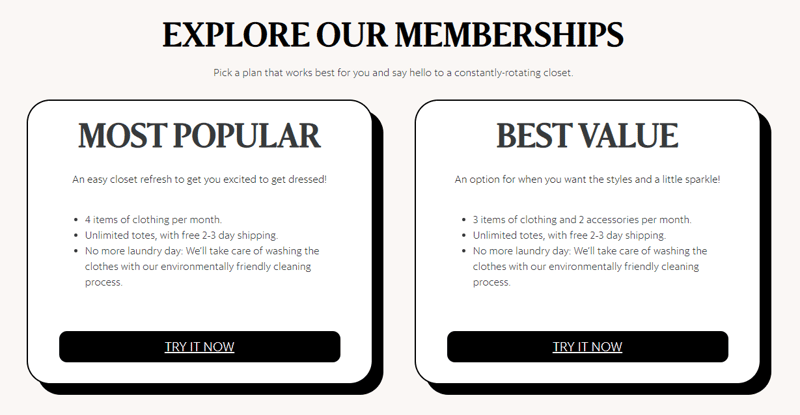
Source: Le Tote
Sock Fancy promotes a monthly subscription package alongside its traditional store. This gives shoppers a sense of freedom of flexibility. Don’t want to sift through product pages? You don’t have to.

Beyond straight-up subscription boxes, brands are exploring other options to generate repeating revenue.
For example, Public Goods works on a membership model ($79 annually) that activates upon your first purchase. Brands like Mmmly promote a “subscribe and save” option (not unlike Amazon) with delivery increments between two and six weeks.
The popularity of subscription services speaks for itself but is beneficial for DTC specifically because:
The concept of “free shipping” might not be breaking news, the degree to which shoppers expect it is.
Food for thought: 75% of shoppers believe that items costing $50 and under should be free to ship.
Free shipping represents one of the key ways that DTC companies can compete with the convenience of giants like Amazon. To be fair, offering it might be easier said than done depending on your product. That said, there’s no one-size-fits-all way to promote free shipping. For example:

Free shipping feels non-negotiable for DTC, even if that means offering it at a threshold. Given consumers’ hatred of paying for shipping, conventional wisdom says brands should be willing to offer it regardless if it comes at a premium.
So many DTC brands benefit from presenting themselves as scrappy, up-and-coming companies fighting against their corporate counterparts.
That said, the recent wave of DTC IPOs and funding rounds signals a new frontier for brands looking to make it big. Some highlights include:
And at the same, companies like Heyday are actually buying up and growing DTC brands themselves (with the help of a recent injection of $555 million).
The flood of money into the DTC space could spell good or bad news depending on your perspective. On one hand, the sky’s the limit for up-and-coming companies.
But on the flip slide, there’s growing concern over a “direct-to-consumer reckoning” and potential bubble as DTC brands are treated like tech companies among VCs.
Regardless, there’s no denying the opportunities in D2C among independent companies and those with larger aspirations.
Fact: 76% of digital shoppers prefer to purchase products with details written in their native language. Additionally, 40% will never buy from websites written in their non-native language.
The challenges of international expansion are well-documented. Yet given the growing competition among consumer brands, going global represents an option for brands eager to tap into new customers or carve out their niche.
Barring full-blown expansion, brands are coming up with shipping policies that open themselves up to customers across borders. Not unlike free shipping, international shipping is becoming a greater expectation from shoppers at large.
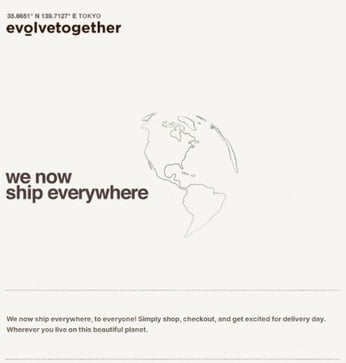
Source: evolvetogether
A little bit of personality goes a long way for consumer brands.
Consider that humor is currently the most popular type of marketing messaging. Perhaps this explains why so many DTC brands rely on playful promotions and a brand voice that doesn’t take itself too seriously.
As far as DTC trends go, some of the most popular brands are delighting customers through:
For example, OffLimits ticks all of these boxes. The brand boasts a hilariously self-aware TikTok presence, not to mention a variety of colorful, off-the-wall products (including cereal glitter).
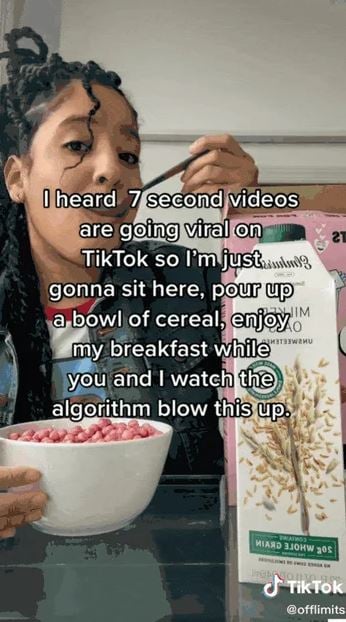
Source: @offlimits
Brands like RunGum consistently crack jokes on Twitter. This sort of authenticity is a trademark of DTC companies trying to reach younger consumers.
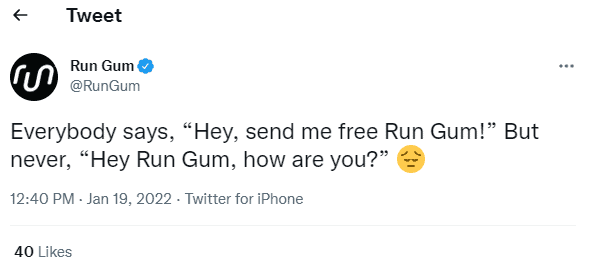
Source: @rungum
Consider that personality can also be bundled into your product packaging. For example, Facetory has some pretty unconventional (but super stylish!) packaging for a skincare brand. Check out the packaging for their blemish patches that actually look like old-school Nintendo consoles:
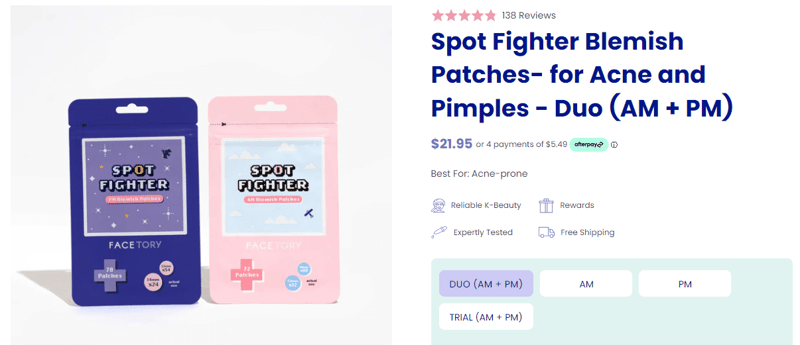
Source: Facetory
The takeaway here is that DTC brands don’t need to be “all business,” not by a long shot.
According to recent data from eMarketer, interest in livestream shopping is growing among consumers and DTC brands alike. Right now, Instagram is the platform of choice.
Instagram began pushing its live shopping features in 2021 but only recently have we really seen brands take full advantage of them.
For example, brands like Aveda host product-focused streams on Instagram which they later publish on-site. These streams not only allow viewers to see products in action but also purchase them in real-time during the presentation.
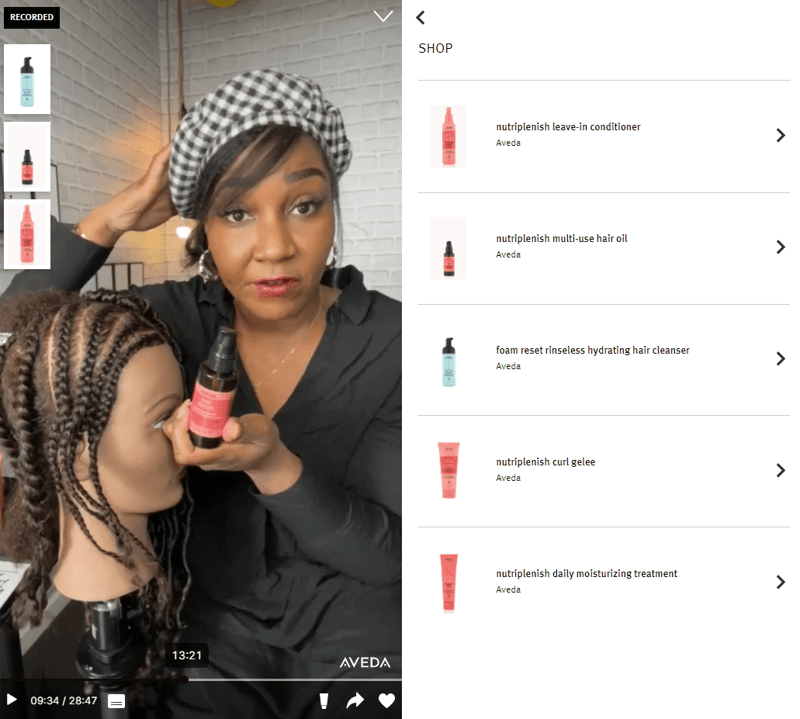
Source: Aveda
This brings us full circle with our direct-to-consumer trends, highlighting once again how much experiences matter to modern buyers. Engagement strategies like live streams require a ton of planning but tend to attract valuable and dedicated customers.
If you’re trying to reach more customers as a DTC brand, you have no shortage of marketing tactics to try.
The direct-to-consumer trends and best practices above are a solid starting point if you’re looking for new ways to go.
And sure, getting the attention of VCs or rolling out a rebrand isn’t realistic for up-and-coming companies.
But tactics like working with creators is something that DTC brands of any size can start doing, like, right now.
If you’re interested in doing the same, Statusphere can get your next creator-based campaign up and running ASAP. Our full-service platform handles everything from finding proven creators to getting your products in their hands. Contact us today and talk to one of our consumer-to-consumer marketing experts to see how our platform can work for you.
What is DTC (direct-to-consumer) and why is it taking over ecommerce? Here's a basic DTC definition and how the direct-to-consumer sales model works.
Looking for lessons from the best DTC brands? This guide breaks down 8 top direct-to-consumer companies and how they engage customers.
Not sure what to make of TikTok Shop? We dig into TikTok’s latest shopping features and what brands working with influencers need to know about them.
Be the first to know about the latest tools, trends and strategies in influencer marketing for brands.